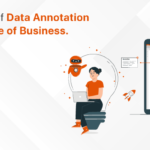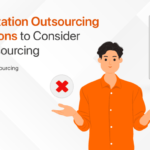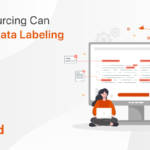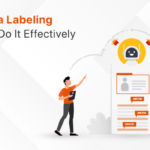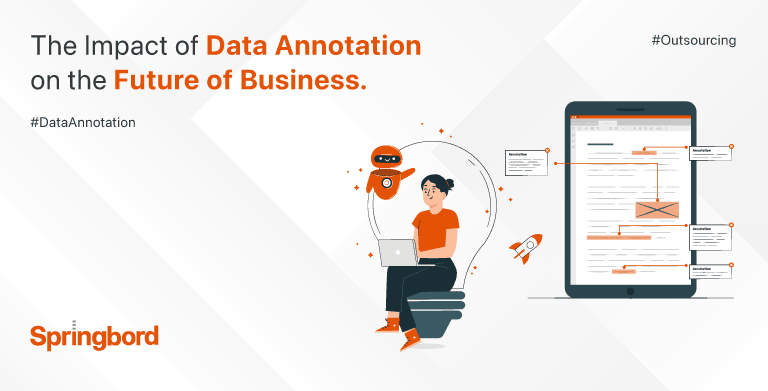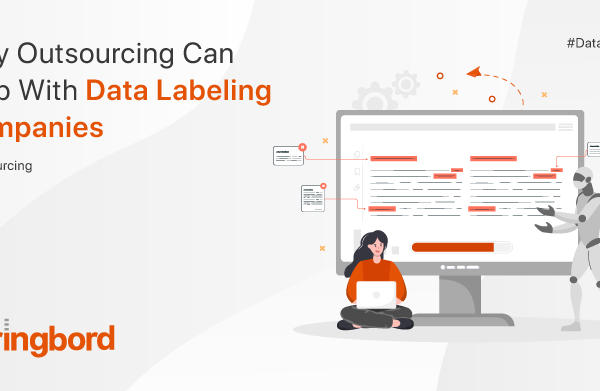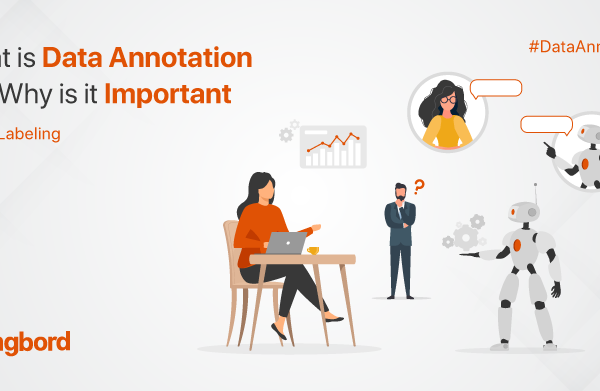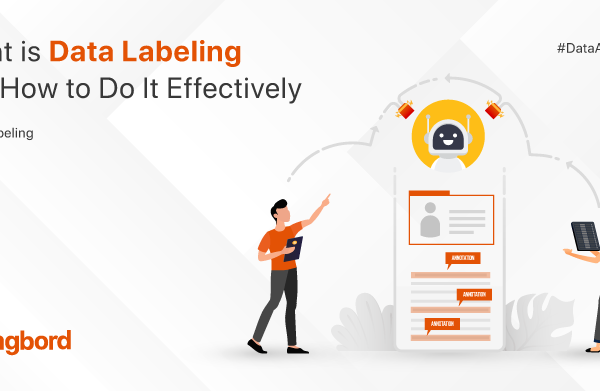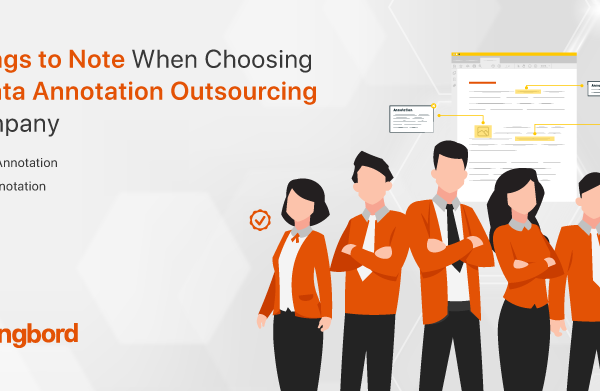Data Annotation involves tagging a dataset with descriptive information.
Tags are a common sort of metadata, and they can be applied to a wide variety of data, including but not limited to text, photos, and videos. Therefore, creating a dataset for machine learning requires including thorough and consistent metadata.
Classifications of Annotated Data
Different types of data annotations are best suited to certain applications. So, let’s take a look at the most prominent sorts of annotations utilized in ML initiatives.
1. Digital Image & Video Annotation
Multiple methods of annotating images exist, including the use of bounding boxes and semantic segmentation. Bounding boxes are artificial boxes that are drawn on top of real-world photographs, whereas semantic segmentation gives each pixel in a picture a specific meaning.
The annotated regions are seen by machine learning algorithms as a separate category thanks to this tagging.
Annotating videos also typically requires adding polygons, keyframes, or bounding boxes to the content. This is accomplished in real time with the help of a video annotation tool, frame by frame.
2. Semantic Annotation
It’s the process of adding labels to things like names of persons and businesses that are mentioned in a text.
Semantically annotated material is used by machine learning models without any further effort on the part of the user to learn how to classify new approaches in new texts. This aids in training chatbots and increasing search relevancy.
3. Identifying and Classifying Text
The process of classifying texts or digital items into predetermined categories is called categorization.
You can tag words or paragraphs in a single document by topic, or you can categorize news stories by categories like national, sports, entertainment, as well as foreign relations.
What are the most effective methods that businesses are using today to annotate their data?
Loads of training data are required to create an AI or ML model that can act and make judgments like a person. Therefore, a model needs to be taught to comprehend the data before it can act and make choices independently. Because of this, annotating data is an important task for most companies nowadays.
Companies could increase the quality of their AI implementations with the help of human-powered high-quality annotations. To better serve their customers, businesses are shifting to data annotation services for help with things like product suggestions, machine vision, speech recognition, and more relevant search engine results.
Annotation services help businesses make the most of their data by combining human expertise with automated processes. They also supply you with top-notch training data, giving you the assurance you need to roll out large-scale deployments of your AI/ML models. Whatever your data labelling requirements are, rest assured that they can be met by a data labelling platform that uses industry-standard artificial intelligence and machine learning.
The goal of any labelling service, whether it be AI- or human-driven, should be to improve the quality, security, and scalability of the data collected. Annotating data is having far-reaching effects on businesses. There is no denying the importance of data annotation in the development of cognitive automation, which is the future of businesses.
What Benefits Does This Annotation of Data Provide?
Annotating data is becoming a widespread practice for a variety of reasons. The article notes several major advantages, including:
- Machine learning systems can be more effectively trained with the help of labelled data.
- With more precise data, algorithms can be “trained” to improve their accuracy.
- Modern annotation software dramatically lessens the need for human involvement. All sorts of operations can be simplified in this way.
As a result, the time and money spent on manual methods can be significantly reduced by using data annotation.
Conclusion
Data technology is evolving substantially. Annotations of data have become a major area of development. Businesses should understand the purpose and best practices for using annotations.
To help you save time and effort, Springbord provides individualised solutions for data labelling and annotation.

